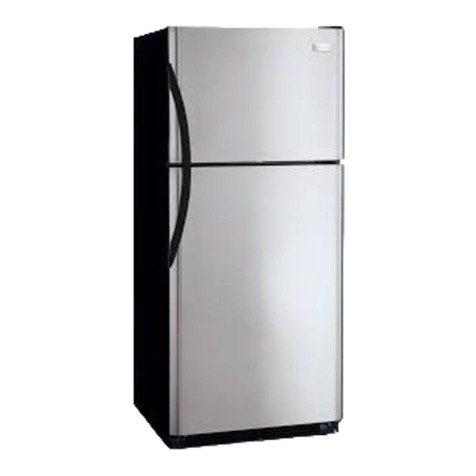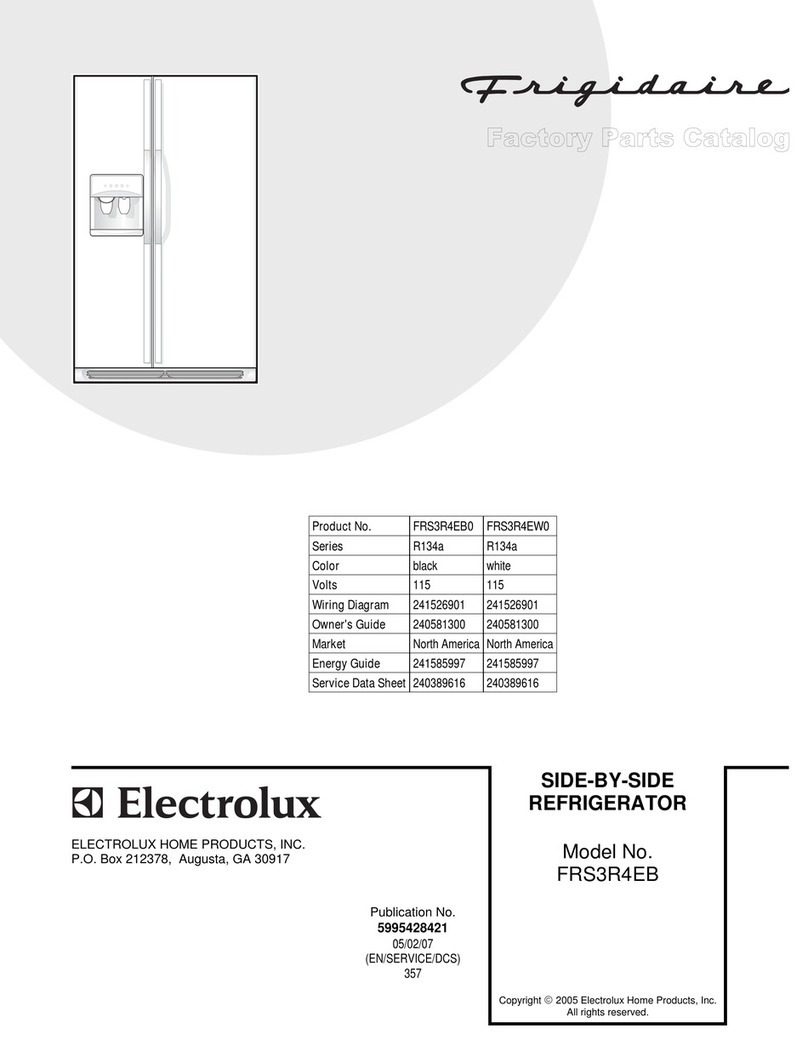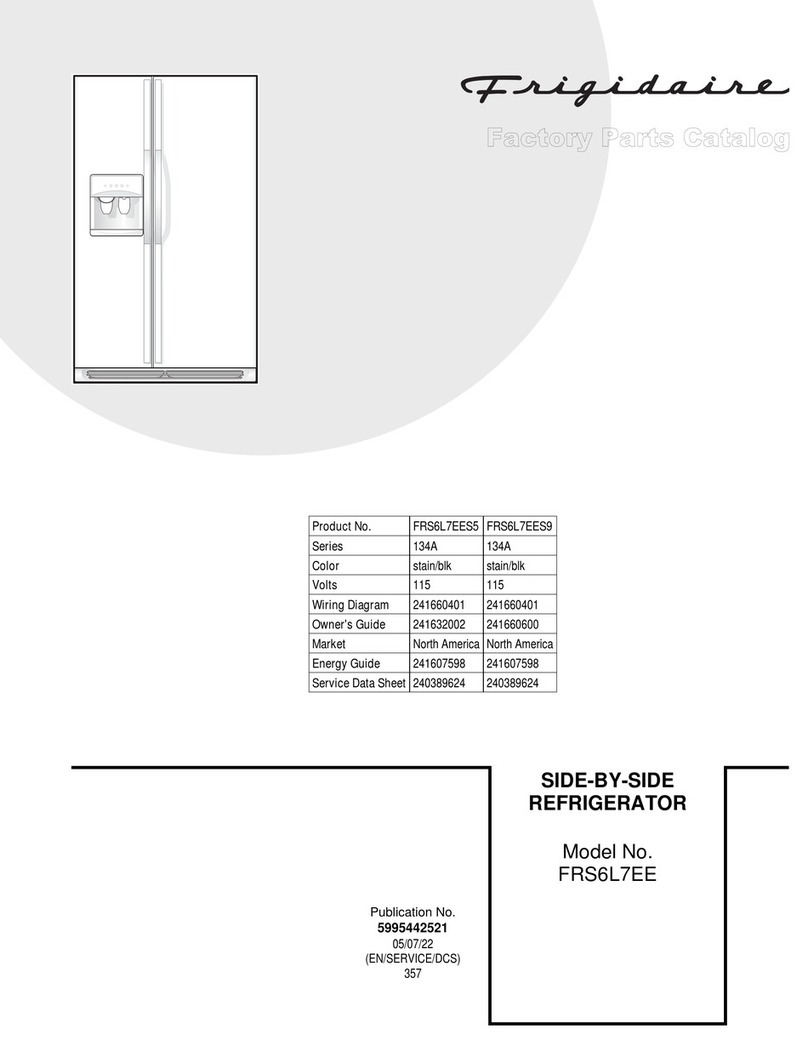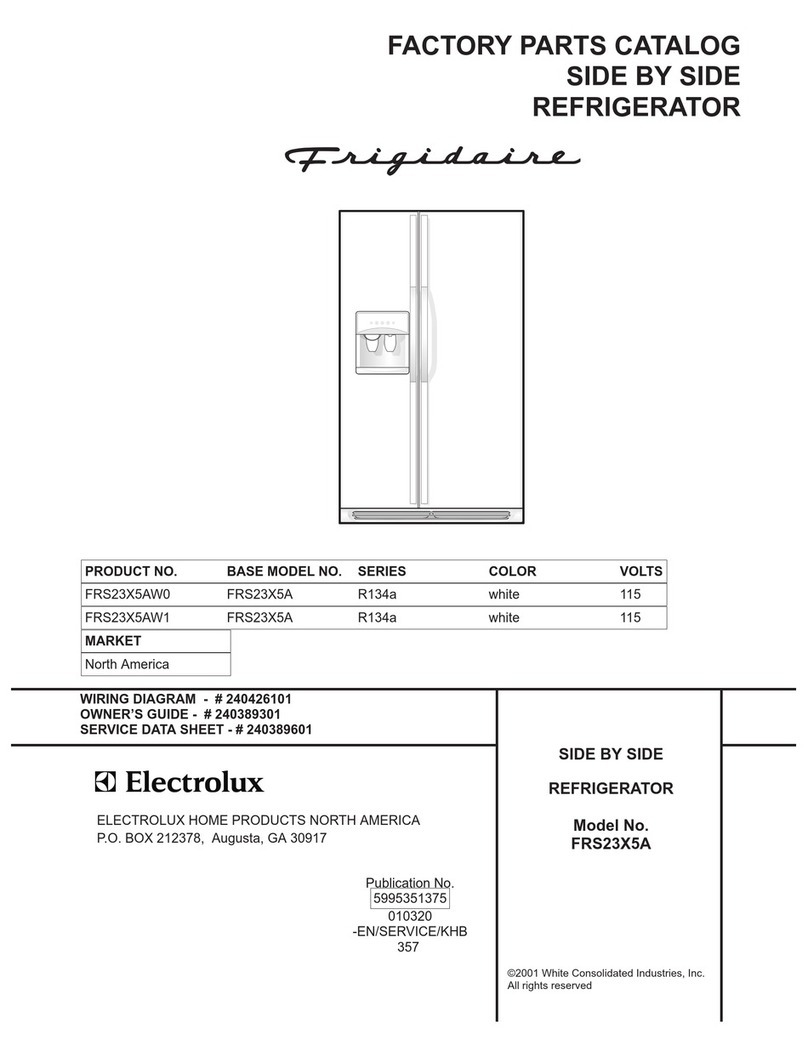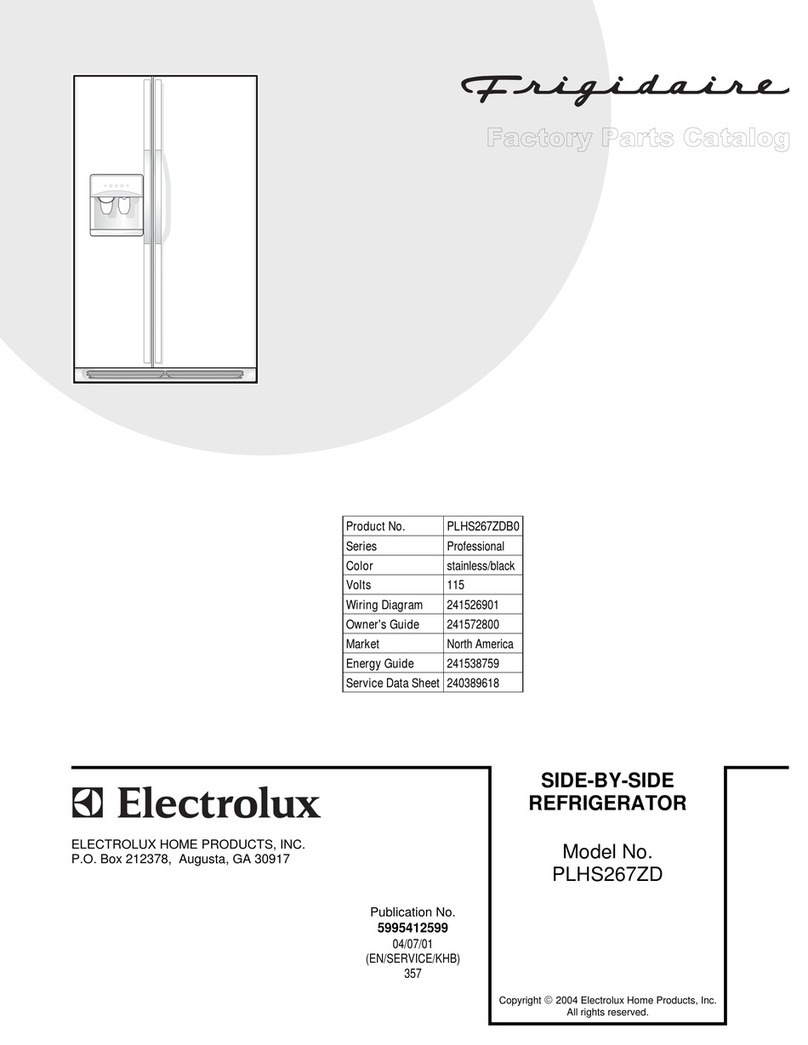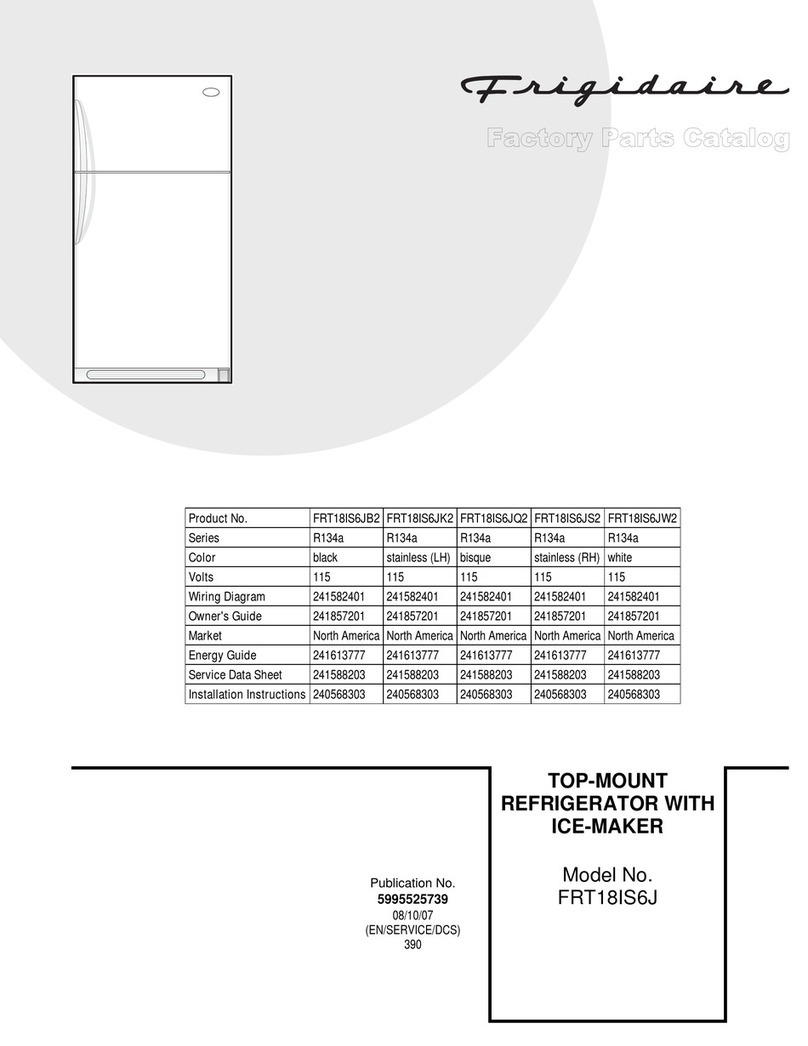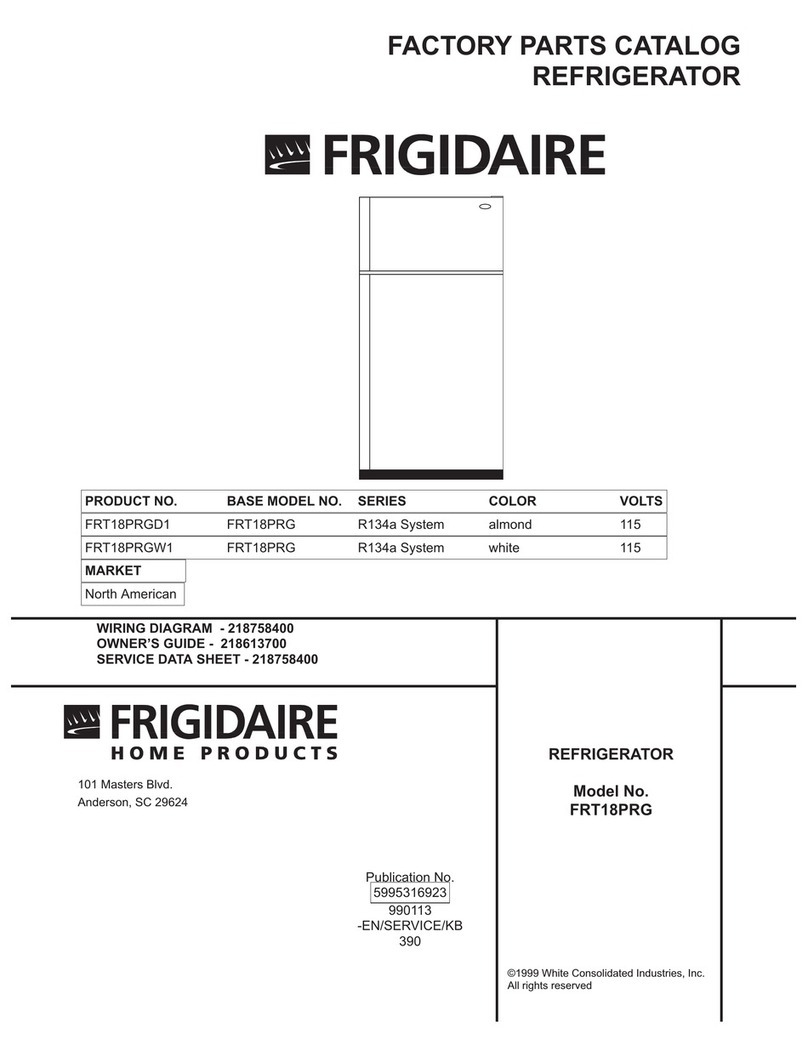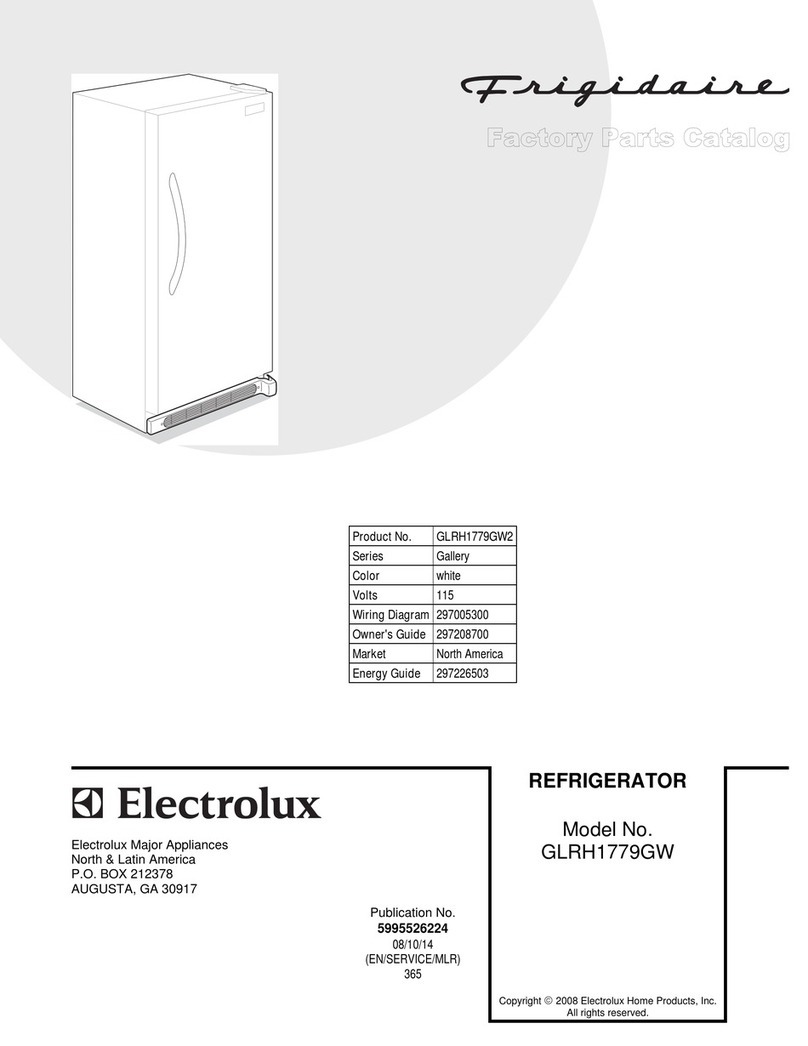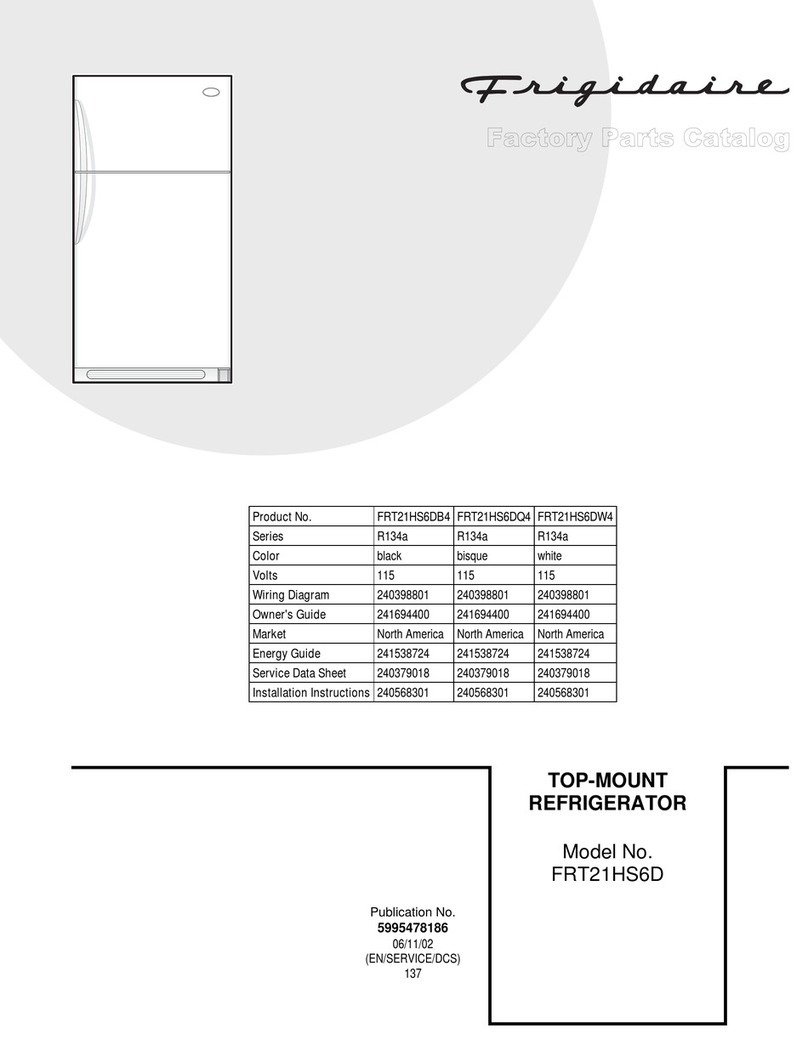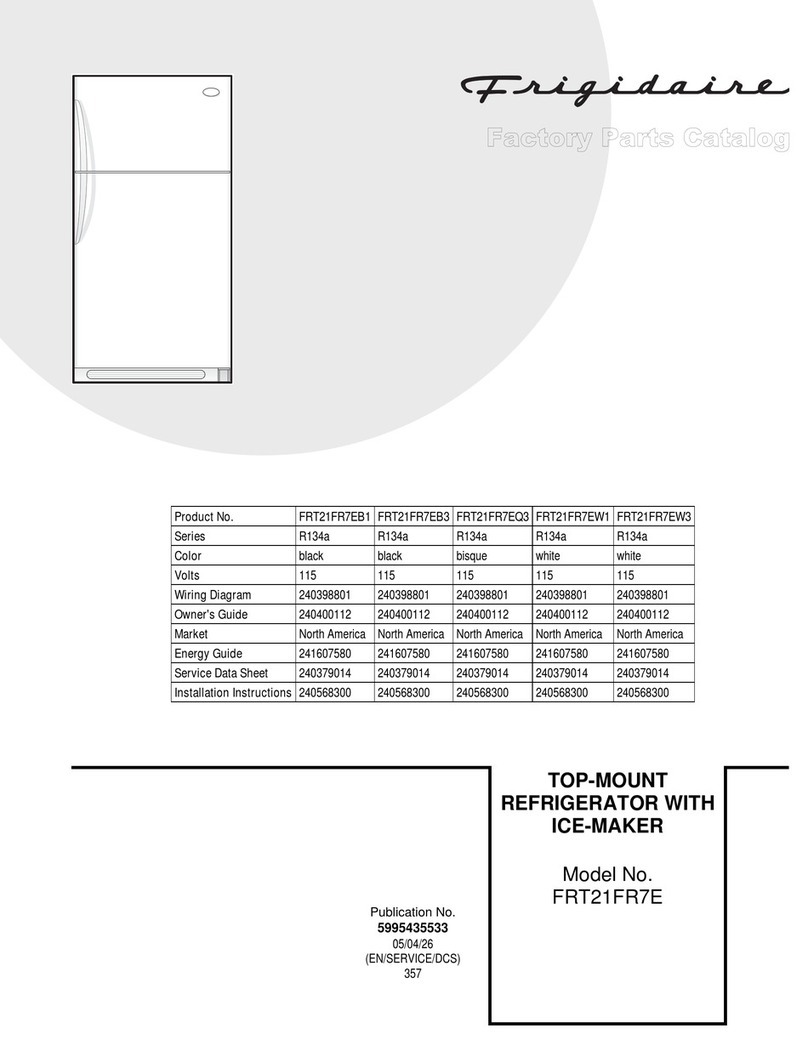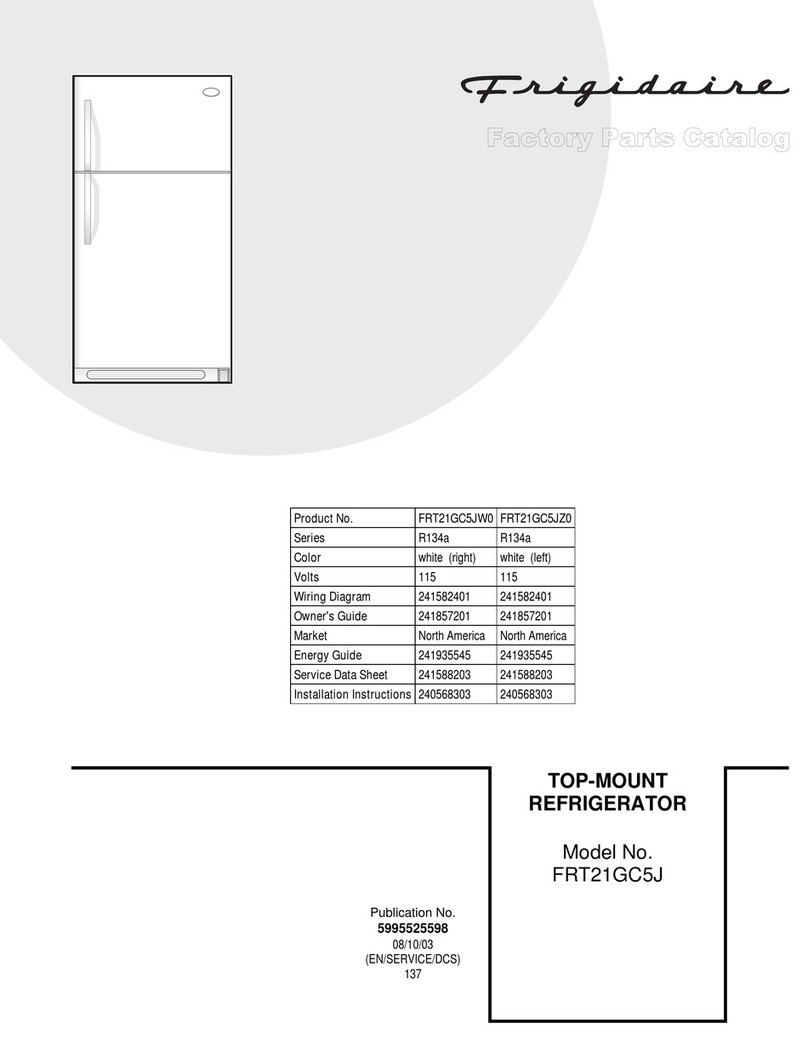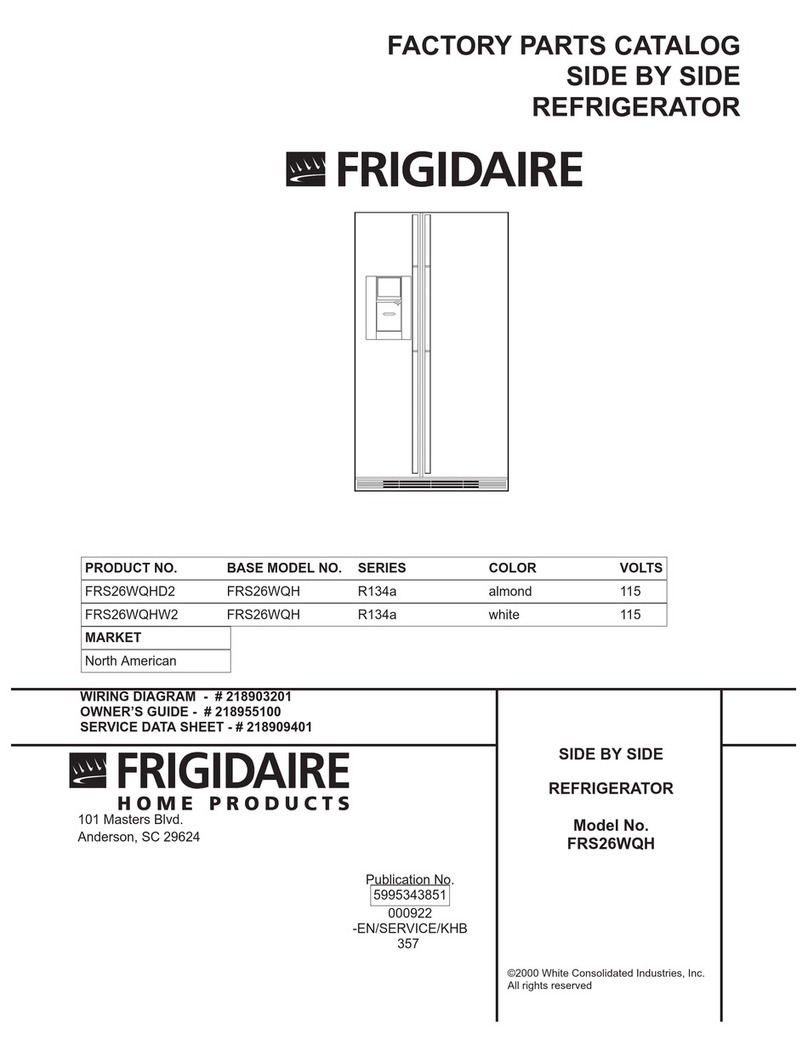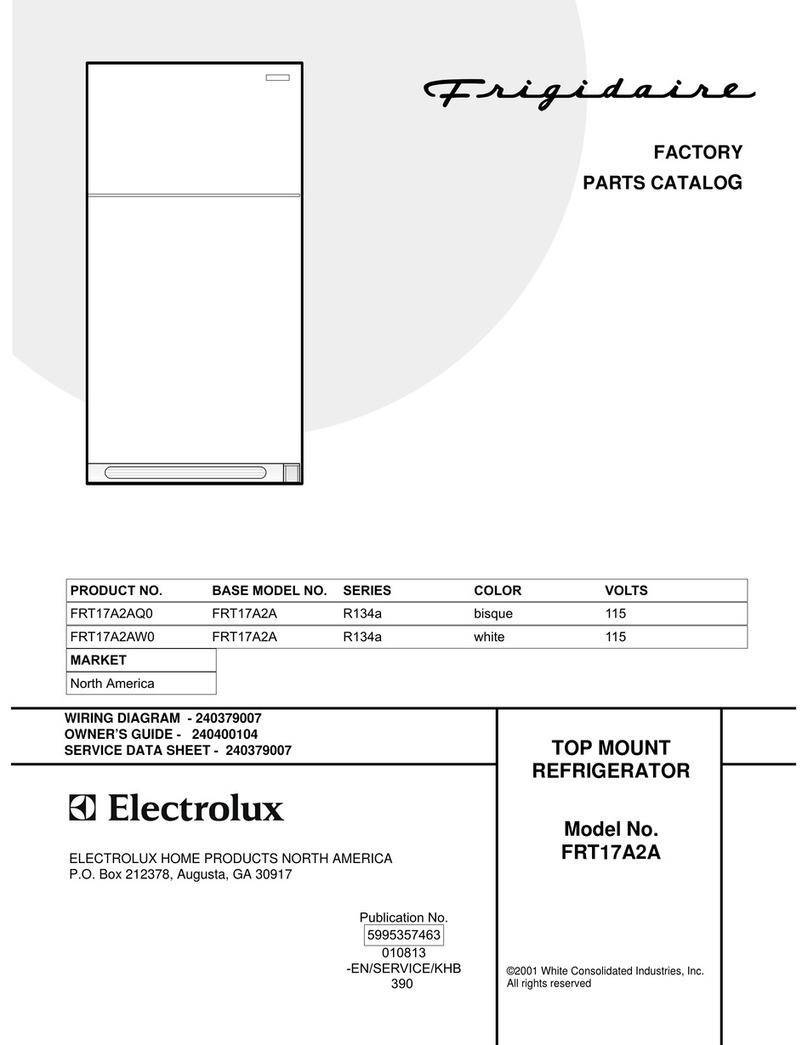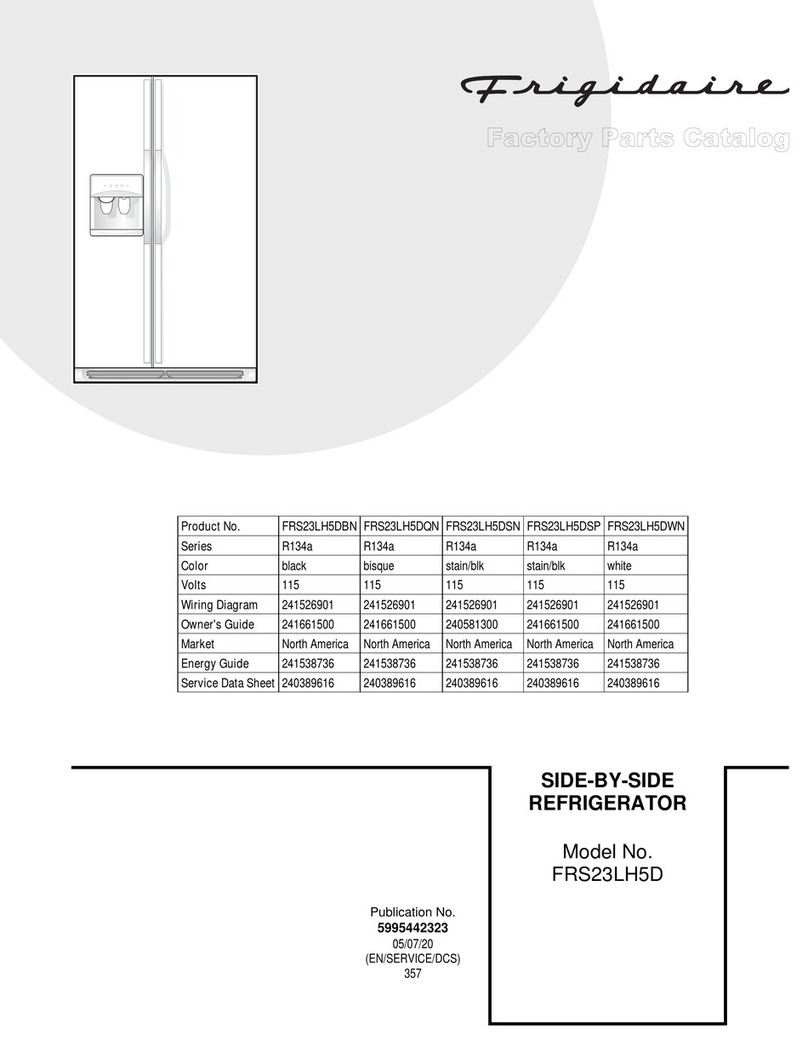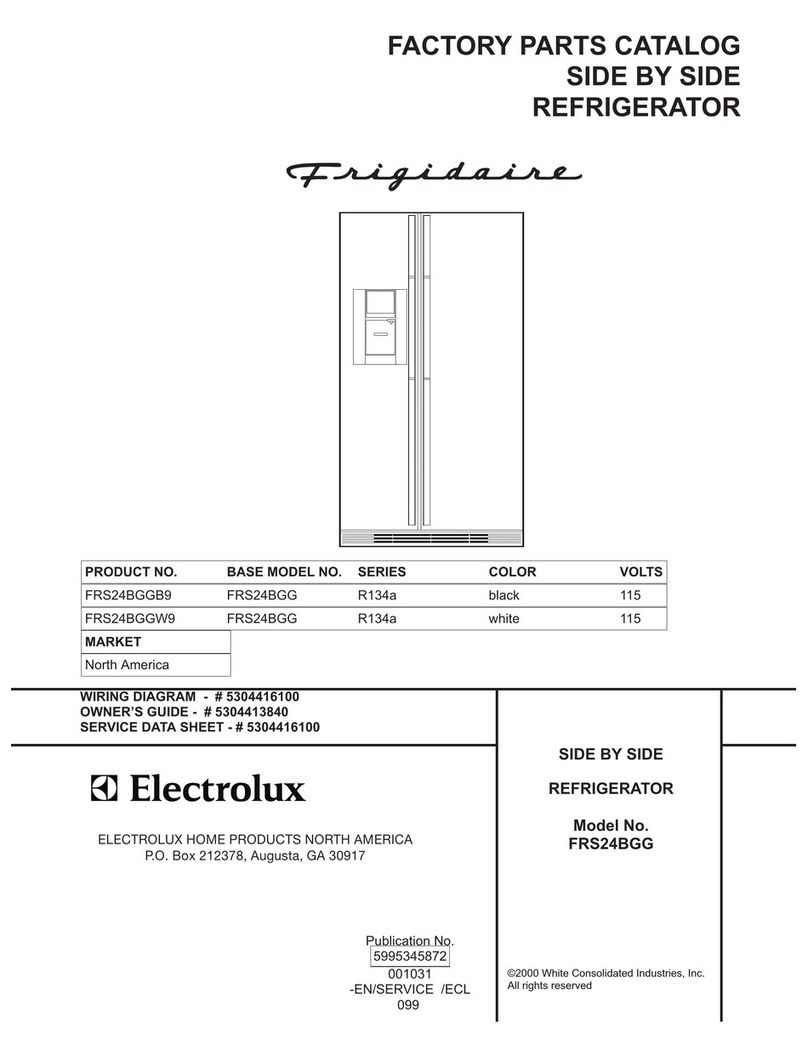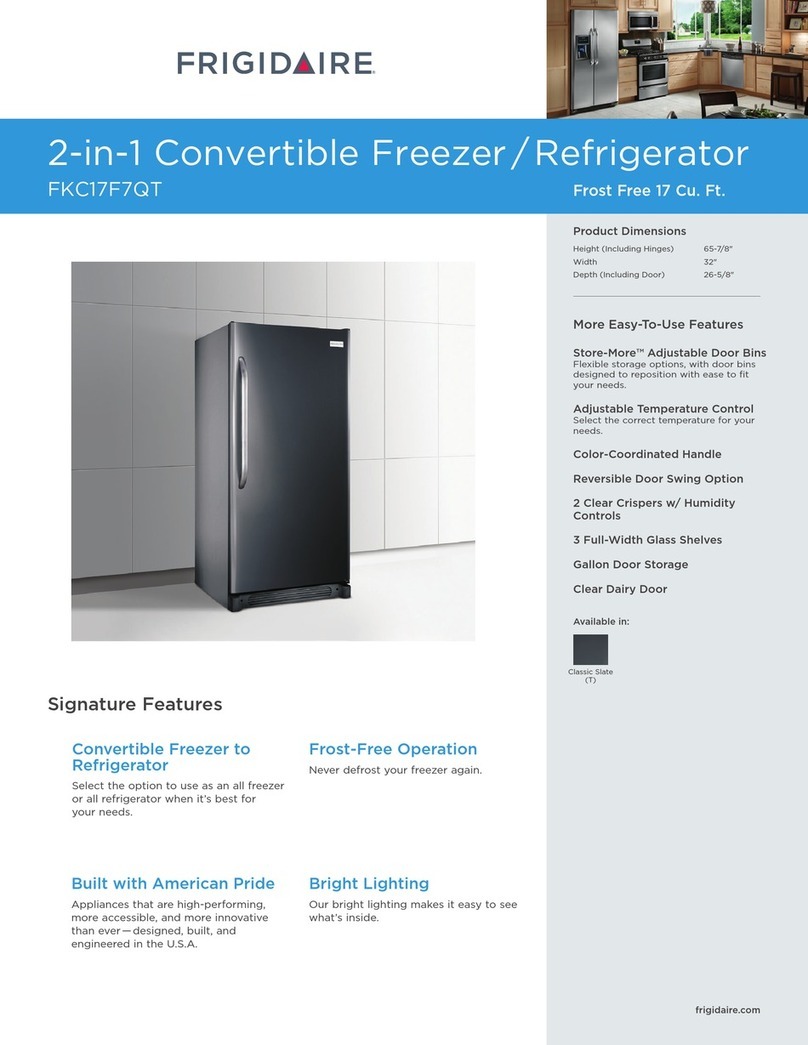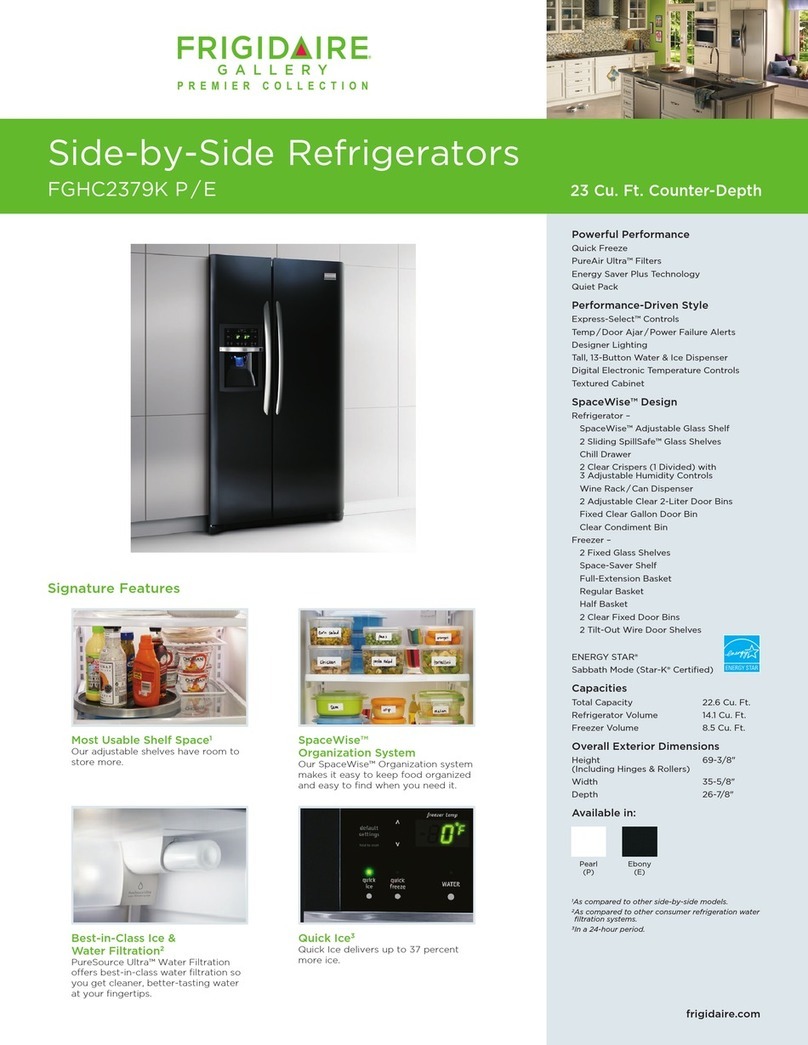FORYOURSAFETY
,, Donotstoreorusegasoline,orotherflammableHquidsin
thevicinityofthisoranyotherappliance.Readproduct
labelsforwarningsregardingflammabilityandother
hazards.
,, Donotoperatetherefrigeratorinthepresenceof
explosivefumes.
,, Avoidcontactwithanymovingpartsofautomaticice
maker.
,, RemovealIstaplesfromthecarton.Staplescancause
severecuts,andalsodestroyfinishesiftheycomein
contactwithotherappliancesorfurniture.
CHILDSAFETY
Destroyorrecyclethecarton,plasticbags,andanyexterior
wrappingmateriatimmediatelyaftertherefrigeratoris
unpacked.ChildrenshouldNEVERusetheseitemstoplay.
Cartonscoveredwithrugs,bedspreads,plasticsheetsor
stretchwrapmaybecomeairtightchambers,andcanquickly
causesuffocation.
PROPERDISPOSALOFYOURREFRIGERATOROR
FREEZER
Risk of child entrapment
Child entrapment and suffocation
are not problems of the past.
Junked or abandoned
refrigerators or freezers are still
dangerous - even if they wilI sit for
"just a few days." If you are getting
rid of your old refrigerator or
freezer, please follow the
instructions below to help prevent
accidents.
Before you throw away your old refrigerator/freezer:
o Remove doors.
_, Leave shelves in place so children may not easily climb
inside.
,, Have refrigerant removed by a qualified service
technician.
ELECTRICAL INFORMATION
,, The refrigerator must be plugged into its own dedicated
115 Volt, 60 Nz,, AC onmyelectric outlet. The power cord
of the appliance is equipped with a three-prong grounding
plug for your protection against electrical shock hazards. It
must be plugged directly into a properly grounded three-
prong receptacle. The receptacle must be installed in
accordance with local codes and ordinances. Consult a
qualified electrician. Do not use an extension cord or
adapter p_ug.
,, If the power cord is damaged, it should be replaced by the
manufacturer, service technician or a qualified person to
prevent any risk.
,, Never unplug the refrigerator by pulling on the power
cord. Always grip the plug firmly, and pulI straight out
from the receptacle to prevent damaging the power cord.
,, Unplug the refrigerator before cleaning and before
replacing a light bulb to avoid electrical shock.
,, Performance may be affected if the voltage varies by'
10% or more. Operating the refrigerator with insufficient
power can damage the compressor. Such damage is
not covered under your warranty.
Do not plug the unit into an outlet controlled by a walI
switch or pull cord to prevent the refrigerator from being
turned off accidentally.
Avoid connecting refrigerator to a Ground Fault Interruptor
(GFI) circuit.
3=prorlg g_suaded P!ug
